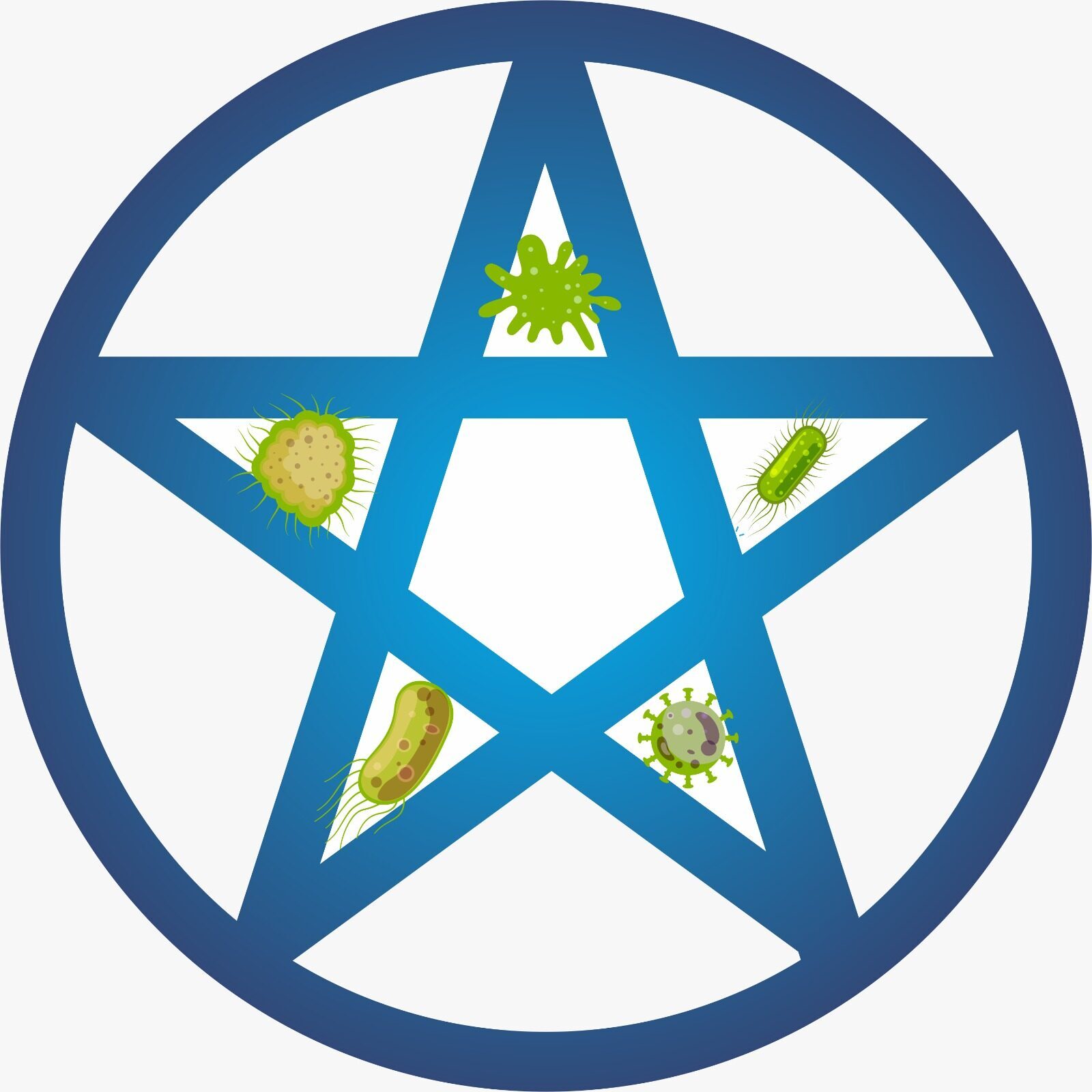Full-Text
Dengue and Malaria are common vector-borne diseases in the Southeast Asia [1]. However, co-infections with these two diseases are less common. Various factors like differences in vector habitat causing malaria and dengue, the role of immunity in an endemic area and fewer chances of concurrence as per probability explain lesser frequency of co- infections. Co-infection is the condition when both diseases are present in the same individual at a time. They need particular concern because this may increase morbidity and mortality if delays in diagnosis and proper treatment. These infections result into overlapping of clinical characters which impart diagnostic challenges to physicians with special emphasis to endemic regions [2].
Malaria and dengue are major mosquito borne public health problems in tropical countries. The presented case reports malaria in 11 years old boy who was having sustained fever for 10 days and his blood tests were positive for dengue NS- 1 antigen and lgM antibody and negative for IgG antibody. However, he still had low grade fever that persisted for 6 days.
An 11 years old boy was admitted to B.J. Medical institute, Pune due to sustained fever for 10 days. The boy had no history of underlying diseases and his birth history was unremarkable. He had no drug allergies and his vaccination record was complete. He had history of unknown partial treatment from rural Burmese hospital. 1 week prior to moving B.J. Medical College in Pune, his father reported that the boy had been treated with artesunate tablets that resulted into no improvement in his health.
On admission to the hospital, his physical examination revealed high grade fever (39.1 °C), heart rate 140 bpm and respiratory rate as 30 breaths/minute. He had mild tenderness on upper right side of abdomen and epigastrium without abdominal distension, guarding or rebound tenderness. His spleen was normal. There were no petechiae or haemorrhage on his skin. He had drowsiness but good orientation to time, place and person. No neurological deficits were found.
The patient received artesunate as an antimalarial medication intravenously due to poor oral intake for 4 days. Then, artesunate was switched to an oral form till 5th day and was continued for 1 week. He also received mellogine on the 2nd day of admission and primaquine to kill the gametocytes before he was discharged from the hospital owing to poor oral intake; he received a normal saline infusion for hydration for 7 days. He was monitored every day for haemoconcentration and thrombocytopenia.
This case contributes to the body of literature on co-infection of dengue and malaria. In addition, it highlights the treatment and proper awareness among health-care workers on the possibility of dengue-malaria co-infection. A high index of suspicion is of utmost importance to prevent deadly complications arising from delayed treatment. Further research is required to determine the real incidence and risk of co-infection in order to improve the management of acute febrile illness. Early recognition and concomitant treatment of malaria and dengue co-infection in endemic area can help clinical outcome and prevent serious complications.
